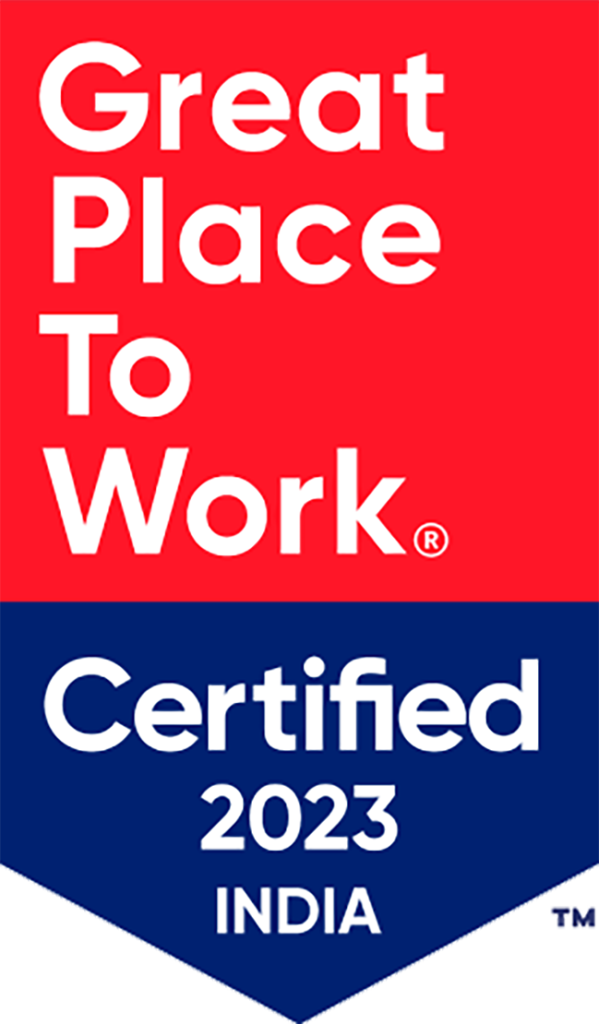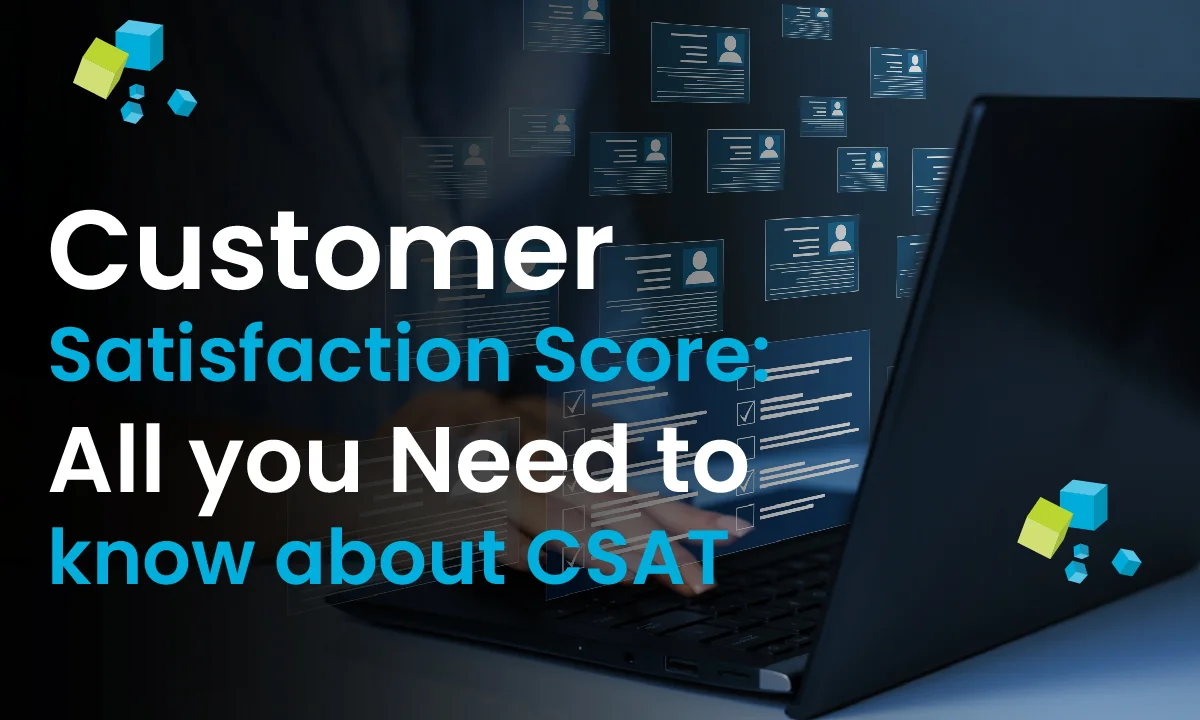In the realm of managed service providers (MSPs), customer satisfaction score is probably the most important success metric. But how do you measure it effectively? CSAT and net promoter score (NPS) are the two key metrics that gauge customer sentiment and loyalty but how? In this comprehensive blog, we’ll explore everything you need to know about CSAT, its score and its measurement standards.
What is CSAT?
Customer Satisfaction is a metric used to measure the satisfaction level of our customer with a particular interaction or experience. It typically involves asking customers to rate their level of satisfaction on a scale, often ranging from 1 to 5 or from “very dissatisfied” to “very satisfied.” The average score is then calculated to determine overall satisfaction levels. CSAT surveys can be conducted after specific interactions, such as resolving a support ticket or completing a service request.
Calculating Customer Satisfaction Score
Calculating CSAT is relatively straightforward. After collecting customer feedback through surveys or other means, the average score is determined by adding up all the scores and dividing by the total number of responses.
For example, if you received scores of 4, 5, 3, and 4 from four different customers, the average score would be (4+5+3+4)/4 = 4.
Importance of Customer Satisfaction for MSPs
CSAT is a cornerstone metric for any MSP striving for success and longevity in the competitive landscape of managed IT services. Here’s why it holds immense significance for MSPs:
-
Gauge Customer Experience
Customer Satisfaction score serves as a barometer to measure the quality of service your MSP delivers to your clients. By collecting feedback through CSAT surveys, you can gain valuable insights into how satisfied their customers are with the services provided. This allows MSPs like yours to assess the overall customer experience and identify areas for improvement.
-
Identify Pain Points
The surveys provide you with actionable data to pinpoint specific pain points or areas of dissatisfaction among your clients. Whether it’s a recurring technical issue, a lack of communication or a delay in response times, CSAT feedback helps your MSP address these issues promptly and effectively. By addressing customer concerns proactively, you can enhance the overall service experience and foster stronger client relationships.
-
Measure Service Quality
A high CSAT score indicates that your clients are satisfied with the level of support and expertise provided by your MSP, whereas a low score signals potential areas of improvement. By monitoring its scores regularly, you can track their performance over time and strive for continuous improvement in service delivery.
-
Drive Customer Loyalty
Satisfied customers are more likely to remain loyal to your MSP and continue using their services in the long term. By consistently delivering high levels of customer satisfaction, MSPs can foster loyalty and trust among their client bases. Loyal customers are also more likely to refer new business to your MSP business through word-of-mouth recommendations, contributing to organic growth and expansion opportunities.
-
Enhance Reputation and Brand Image
Positive customer satisfaction scores reflect well on an MSP’s reputation and brand image within the industry. A track record of high satisfaction of a customer can differentiate an MSP from its competitors and position it as a preferred choice for businesses seeking reliable IT services. Conversely, negative CSAT feedback can damage the reputation of an MSP and deter potential clients from engaging their services.
The Impact of Customer Satisfaction on MSP Success
A high score is a hallmark of successful MSPs. It signifies that the MSP is delivering on its promises, meeting customer expectations and providing value-added services. Moreover, satisfied customers are more likely to renew contracts, upgrade services and advocate for the MSP within their network. This positive word-of-mouth can lead to new business opportunities and contribute to long-term growth and sustainability.
CSAT vs. NPS (Net Promoter Score)
While CSAT measures overall satisfaction with a specific interaction, NPS focuses on gauging customer loyalty and likelihood to recommend. NPS surveys typically ask customers how likely they are to recommend the company to a friend or colleague, using a scale from 0 to 10. Based on their responses, customers are categorized into Promoters (score 9-10), Passives (score 7-8), or Detractors (score 0-6). The Net Promoter Score is then calculated by subtracting the percentage of Detractors from the percentage of Promoters.
How will Team GPS be a good choice?
Team GPS is a talent operating system designed to empower MSPs and their employees. It helps MSPs provide engagement, direction and purpose to team members, all within a single pane of glass. With Team GPS, you can systemize everything tied to an individual team member’s performance, aligning their activities with the organization’s strategic goals and objectives.
Benefits of Team GPS for MSPs:
- Drive alignment with MSP objectives through clear direction and purpose.
- Utilize scorecards and 1:1 meeting for clarity on individual contributions.
- Implement continuous feedback loops and engagement metrics.
- Track performance, satisfaction and morale for proactive improvement.
- Foster collaboration, innovation and excellence.
- Promote transparency, accountability and continuous improvement.
- Attract and retain top talent for long-term success and growth.
Talk to us and understand how Team GPS can help you foster an engaged, purpose-driven culture at your MSP.
For more content like this, be sure to follow IT By Design on LinkedIn and YouTube, check out our on-demand learning platform, Build IT University, and be sure to register for Build IT LIVE, our 3-day education focused conference, September 9-11 in Orlando, FL!







